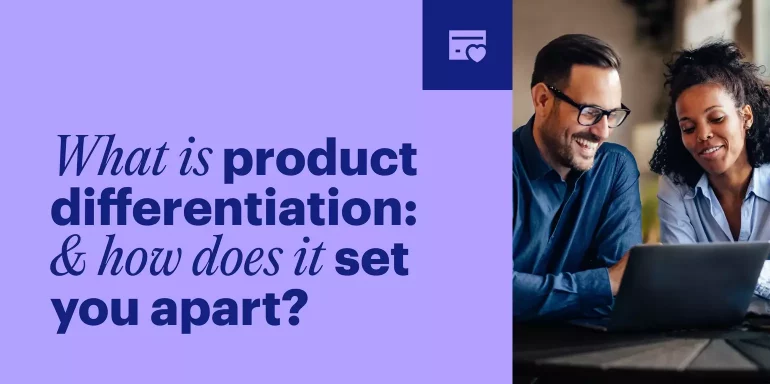Whether you operate in the B2B, DTC, or ecommerce space, one thing is certain—there’s a lot of competition out there, and things are only getting more crowded.
Case in point, there are currently 502 email marketing platforms fighting for attention and subscriptions from the same pool of customers. This is how congested the category is:
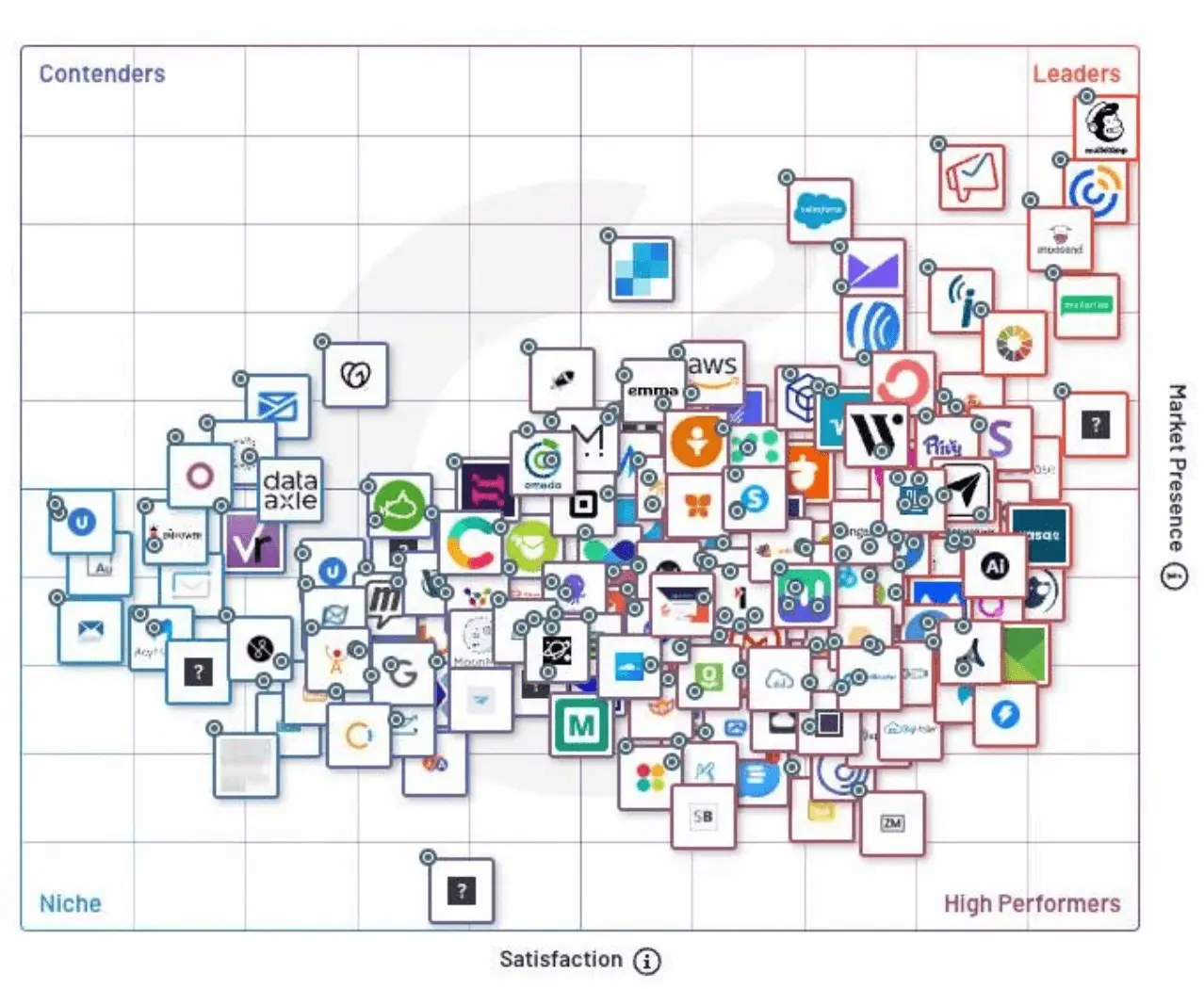
It’s hard to get noticed when you’re in a sea with fish that look like you, taste like you, and sing like you. So, how do you stand out and make target customers take notice when you and multiple others are offering them the same thing?
That’s where product differentiation comes in.
Product differentiation: definition
Product differentiation is a marketing strategy that helps you highlight the unique traits that make your product/service special and unlike others already available on the market.
Establishing a product differentiation strategy in your chosen category gives you a competitive advantage over every other brand fighting for customer attention.
For example, this is what happens when there’s no product differentiation:
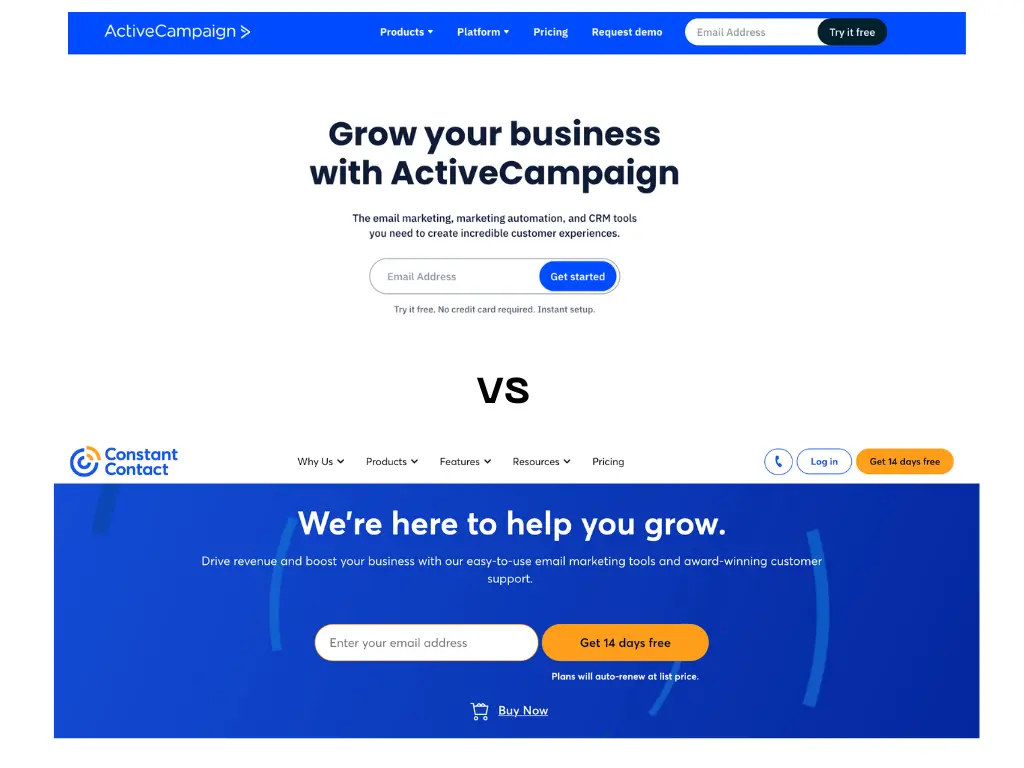
Can you tell the difference between the two platforms? They use almost the same brand colors, the headlines talk about “business growth,” and up for offers on both pages is a free trial.
This is why it’s essential to differentiate yourself and stand out in a sea of sameness: if you don’t, you’re just one more brand getting lost with the crowd.
Product differentiation and positioning both help you do that, but they take different approaches to get there.
Positioning vs. product differentiation
What’s the first brand that comes to mind when you think about ketchup, Heinz? How about tissues, Kleenex? How about search engines or streaming services?
If you thought of the same services (which we’re willing to bet you did), these brands have successfully positioned themselves as category leaders in your mind and the minds of other consumers.
Here’s how two of the greatest minds in positioning define the strategy.
Jake Trout defines positioning as:
“Positioning starts with a product. A piece of merchandise, a service, a company, an institution, or even a person. Perhaps yourself. But positioning is not what you do to a product. Positioning is what you do to the mind of the prospect. That is, you position the product in the mind of the prospect.”
While April Dunford explains the concept as:
“Positioning is the act of deliberately defining how you are the best at something that a defined market cares a lot about. Positioning is a fundamental input into every tactic we execute, every campaign we launch, every piece of content we create, every sales pitch we make.”
Product differentiation is the process of defining and highlighting what makes you unique and demonstrating that to your target audience through your product messaging throughout the marketing funnel.
Positioning, on the other hand, is the place a product occupies in consumers’ minds relative to competitors’ products. It’s about how a company wants its target market to perceive its product compared to alternatives.
Product differentiation vs. market segmentation
Market segmentation, or customer segmentation, is the data-fueled strategy of dividing your broader target population into smaller groups or subsets with similar needs, interests, preferences, and characteristics.
There are different types of segmentations you can use to target customers and get the most out of your marketing messages, such as demographic, behavioral, geographic, and psychographic segmentation.
This ASPCA ad is an example of psychographic segmentation. The ad copy and design speak to socially conscious people willing to help everyone around while not seeking benefits for themselves.

The Oatly brand is an excellent example of product differentiation done right—they stand out among other oat milk competitors based on their brand story, packaging, and customer experiences.
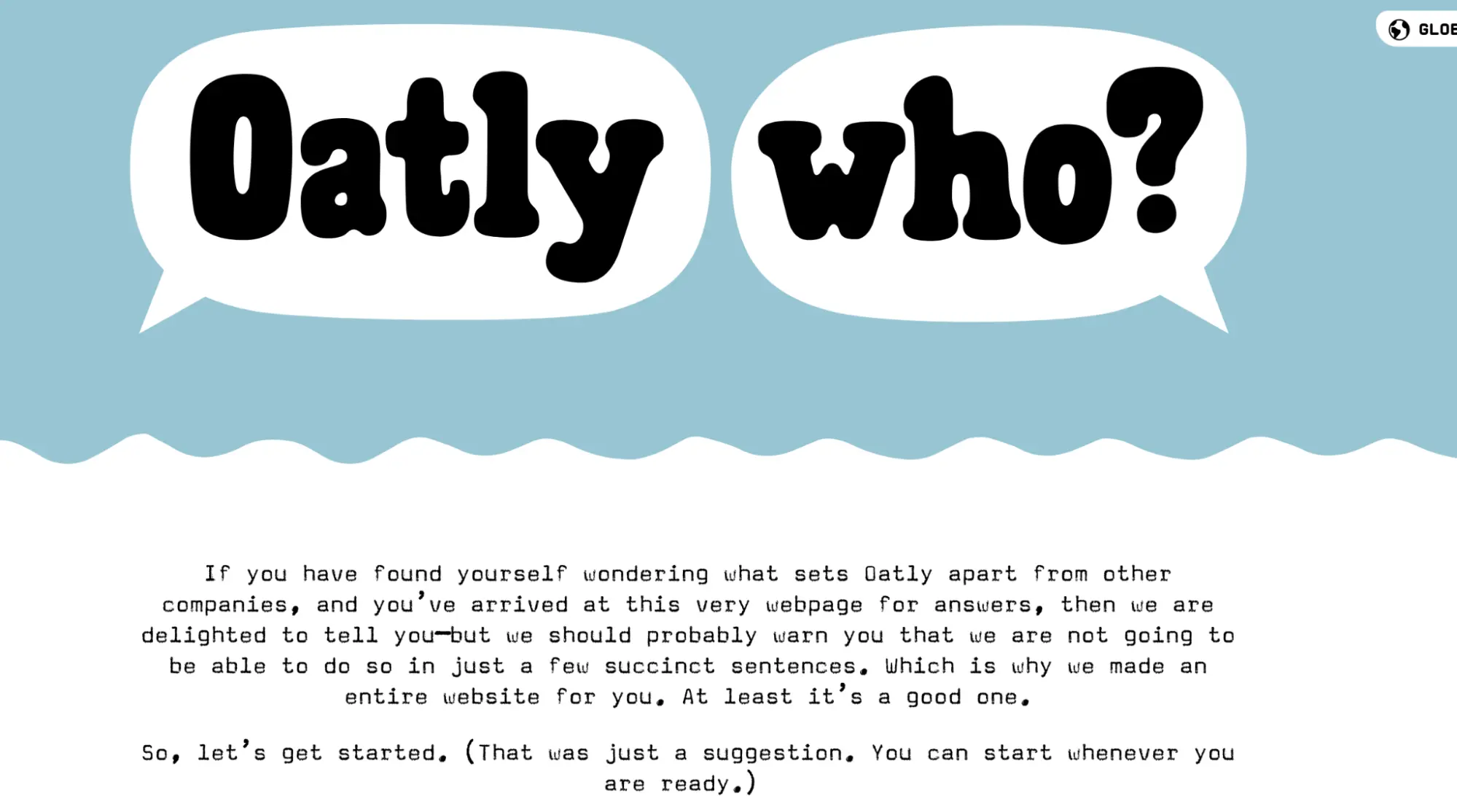
While market segmentation is about dividing and conquering subsets of audiences based on their collective experiences, needs, and wants, product differentiation is about highlighting your brand’s distinct characteristics compared to others in your space.
How do you create a product differentiation strategy?
The challenge with product differentiation is that with all other competitors offering almost the same features and offers, it’s hard to find an angle of differentiation.
To zero in on the type of differentiation, you should go after, you need to focus on your existing and future customers. Ask them the following questions, either through user surveys, customer interviews, or go review mining if your brand is new-ish and doesn’t have a lot of customers yet.
- What do they want from your product that they’re not getting from their current solution?
- What frustrates them about their current solution?
- What difference would they see in their lives if they got exactly what they wanted from your product?
The answers to these questions will help you understand what your target audience wants and which product differentiation strategy will work best for your brand.
Four types of product differentiation with differentiation examples
Price differentiation
Price differentiation involves setting yourself apart based on how affordable your solution/service is for your customers compared to competitors in the space. In his book “Positioning”, Jake Trout explains price differentiation with Little Caesar’s example.
“Little Caesars became a powerful pizza brand by elevating its “two for the price of one” promotion into a positioning strategy. Their “pizza, pizza” refrain became one of the most memorable advertising programs ever run and made the Little Caesars brand into the fastest-growing pizza chain.”
Quality differentiation
Quality differentiation sets your brand apart by focusing on product quality, making it superior to your competitors.
Apple is the best example of quality differentiation.
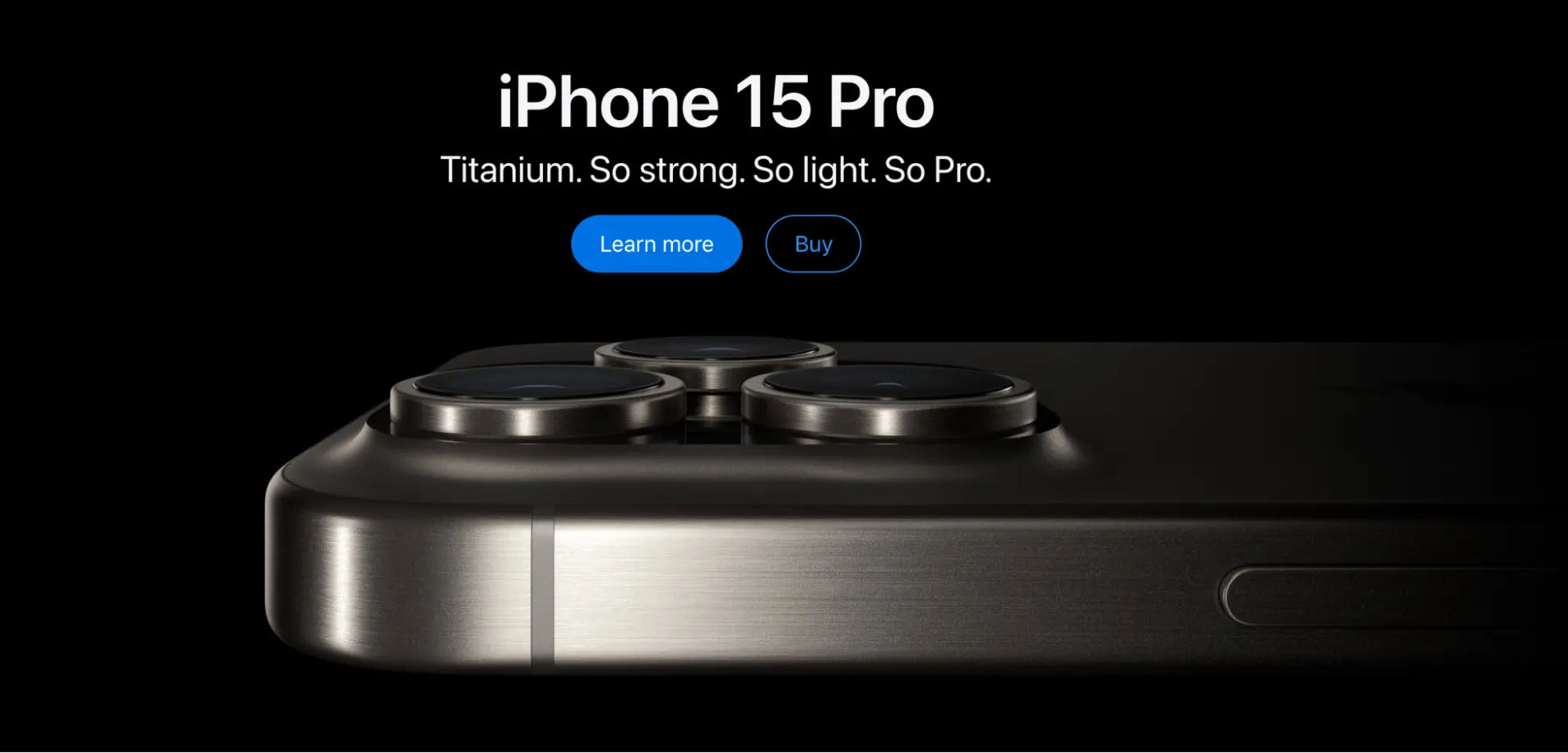
Feature differentiation
With feature differentiation, you highlight unique features and functionalities of your product that others in your market don’t offer.
Cal.com differentiates itself from Calendly, the biggest competitor in the scheduling space, by highlighting features such as workflow automation and routing forms.
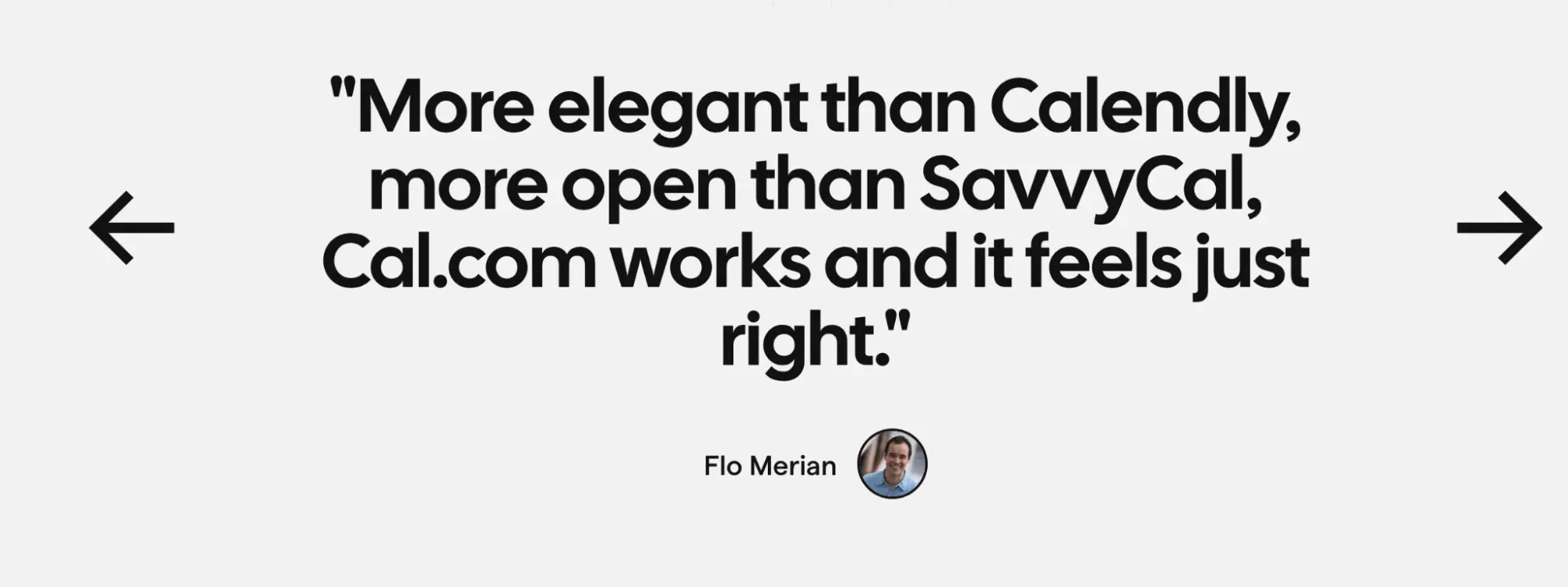
Design differentiation
When you differentiate based on design, you make your product’s aesthetic appeal and visual uniqueness the distinguishing factor to help elevate the brand in your customers’ eyes.
Liquid Death sells water in aluminum cans. Their brand vision, unique voice, and packaging all shout, “take notice”.

They have taken a strong stance against plastic pollution. This is their mission statement:
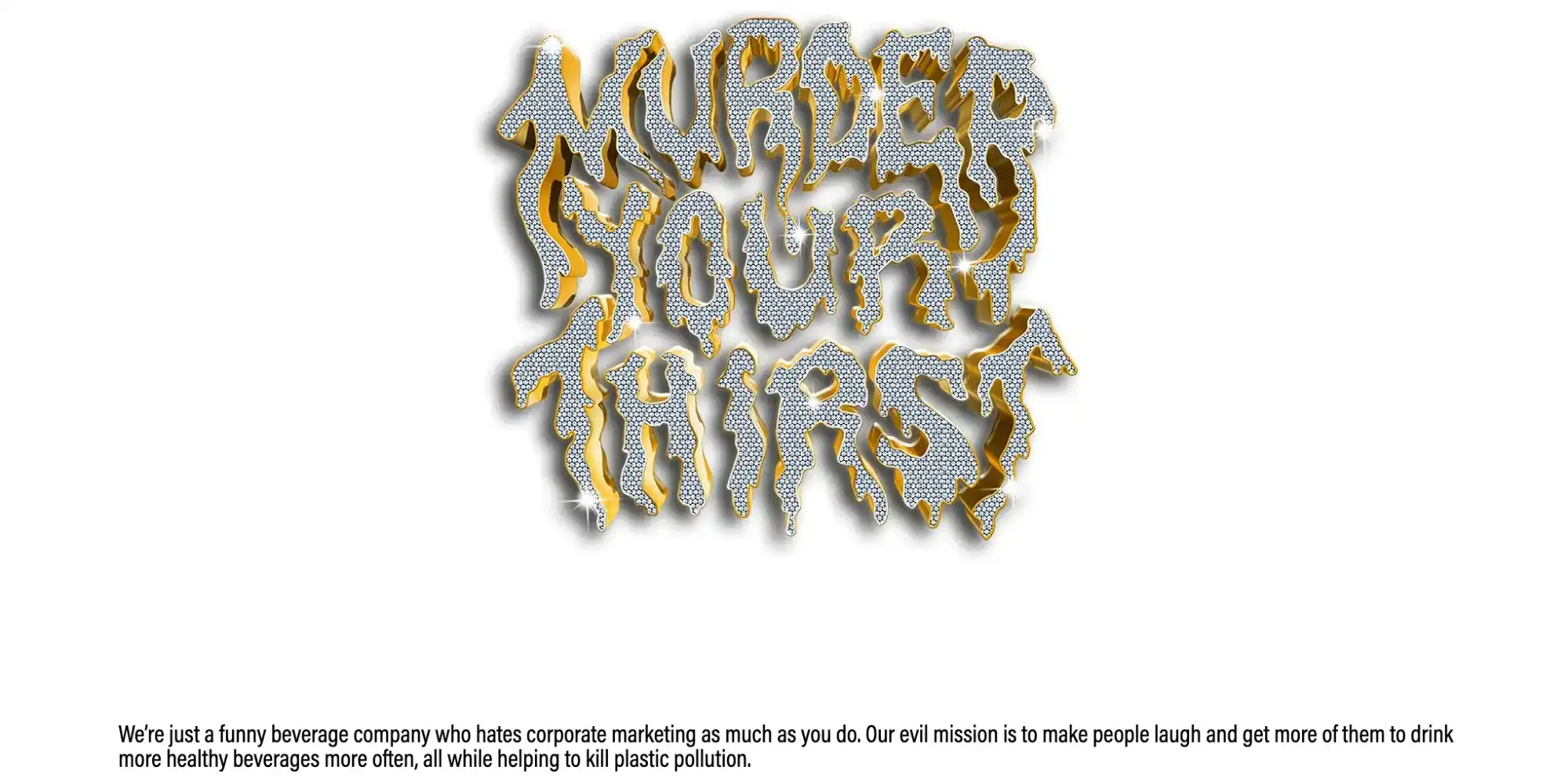
Use product differentiation to tower above the competition and ensure your landing pages follow suite
Successful product differentiation helps your brand understand what customers need and gets them to notice you over the sea of your category competitors. It helps you lead with your product’s strengths and make an instant impression in the minds of your consumers.
Product differentiation is powerful, yes, but it is only a strategy. To make sure the strategy works for you, you need to ensure that all your marketing messages— landing pages, ads, and emails consistently use differentiation.
This also means scaling your marketing campaigns to fulfill your advertising needs. You can use Instapage’s Global Blocks and Instablocks™ to quickly and easily create a high volume of optimized landing pages as fast as you create ads.
Global Blocks makes it easy for advertisers and marketers to manage and update your landing pages in a single click. All you have to do is create a custom block, use it globally across all your landing pages, and update all those pages with one click—helping you with high-volume, high-velocity campaigns to create, manage, and update global brand templates at scale.
Want to see this feature in action and scale your landing page creation process without additional team help? Sign up for an Instapage 14-day free trial today.

Try the world's most advanced landing page platform with a risk-free trial.
